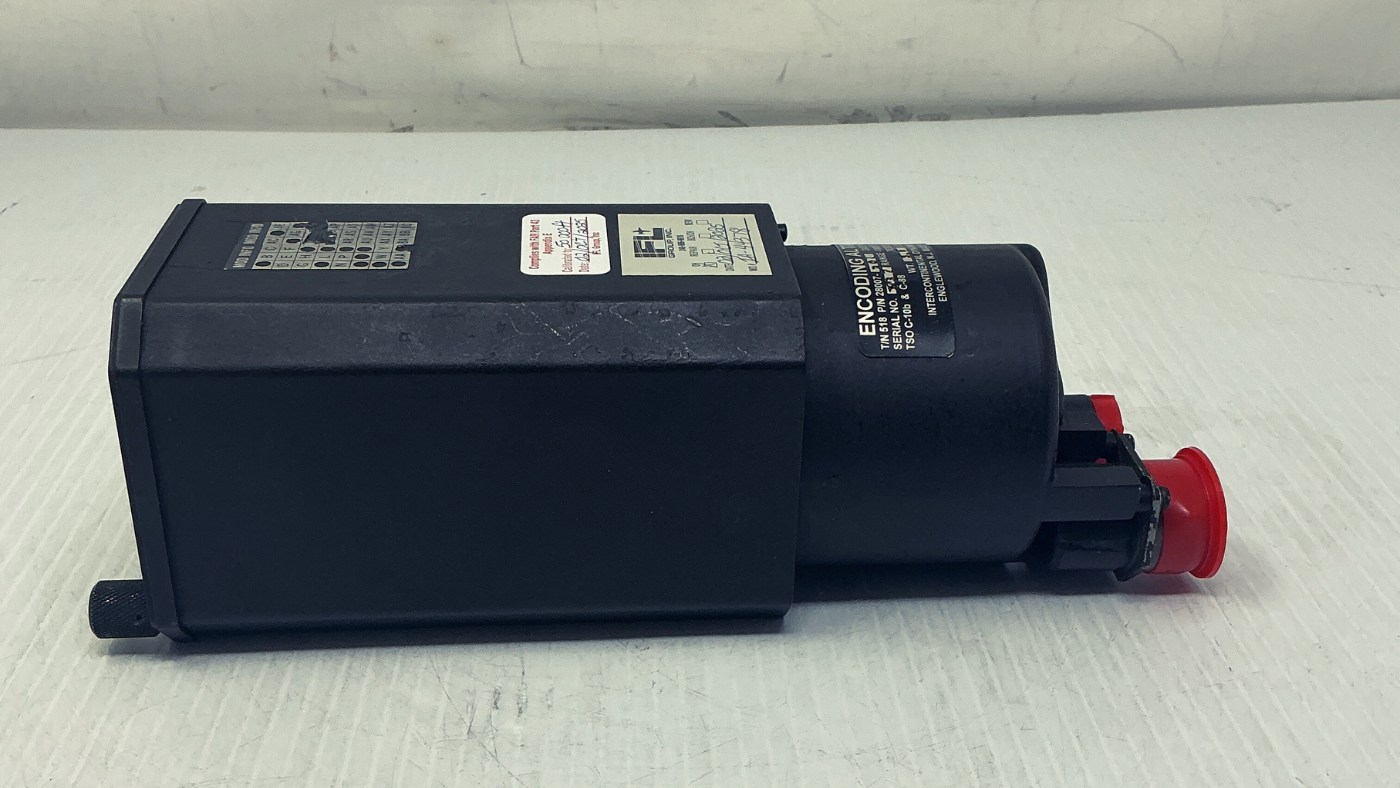More than 70% of procurement teams admit they send RFQs to 20 or more vendors at a time.
But instead of faster responses and better pricing, they get ghosted, delayed, and out-purchased by smarter buyers who’ve learned a hard truth:
Mass RFQs don’t build speed—they build noise.
The Story You’ve Lived—Too Many Times
Picture this:
You’re sitting on an open AOG case.
The part isn’t exotic—just a brake control valve—but lead times are creeping up, and your maintenance team’s breathing down your neck.
So, you do what you’ve always done: copy/paste the RFQ to your full list—40 vendors deep.
You figure someone will hit. That someone always does… right?
Except this time, it backfires.
Your top vendor replies 3 days late. Five others bounce the email back. Half the responses are “checking with warehouse” black holes. The other half quotes wildly different lead times and cert types. You burn an entire afternoon chasing clarification.
And by the time you get a usable quote, the line check has already missed its slot.
Now you’re rebooking labor, pushing aircraft back into rotation, and eating costs that didn’t need to exist.
The RFQ Trap Nobody Talks About
It feels efficient: drop 20 part numbers into an RFQ, BCC every contact you’ve got, and hit send.
But what actually happens behind the scenes?
First, you're signaling to your best vendors that they’re just one of many—and they deprioritize your request accordingly.
Second, you're attracting bottom-barrel responders—brokers fishing for a blind buy, quoting parts they haven’t secured, just to get in the door.
And third, your inbox turns into a dumpster fire of PDFs, vague lead times, and conflicting cert types that take hours to sift through.
You didn’t save time. You buried it under digital clutter.
Here’s How Top Buyers Flip the Script
Smart sourcing doesn’t mean more vendors. It means better ones.
Here’s how to build a sourcing process that earns speed, trust, and performance:
1. Lock In 3 Core Vendors Per Category
Start by looking at your RFQ history.
Who consistently delivers—on time, with traceability, no drama?
Lock those suppliers in as your go-to’s for each material category: rotables, expendables, consumables, and repairs. Instead of RFQing 40 vendors, RFQ the 3 you trust. You’ll get cleaner pricing, faster responses, and actual accountability when something slips.
They’ll also start prioritizing your RFQs—because they know you’re not just using them for pricing leverage.
2. Score Every Quote Like It’s a Vendor Interview
Price alone doesn’t tell you the full story.
If a vendor gives you a low price but delivers two weeks late, that’s not a win—it’s a disguised loss.
Start tracking vendors with an RFQ scorecard that evaluates four key areas: quote accuracy, lead time performance, responsiveness, and paperwork quality (including certs and packaging).
Track every RFQ interaction. Not just the price—but:
Did they respond within your SLA?
Did the lead time match what was promised?
Were certs complete and compliant?
Did the final invoice match the quoted terms?
When you score vendors this way, you stop playing “who’s cheapest” and start building a sourcing machine based on performance. And performance is what keeps aircraft moving.
3. Build a 'No-RFQ' List for Frequent Flyers
What are the top 20 aircraft parts you RFQ every month?
If you're sending RFQs for the same filters, bolts, and seals over and over, that’s wasted energy.
Those should be stocked items. Move them into a min/max inventory model. Or set up blanket POs with reorder triggers.
The fewer parts you RFQ, the more time you free up for high-impact sourcing.
The RFQ Isn’t the Problem—The Process Is
Sending out more RFQs doesn’t fix slow vendors or guarantee good pricing.
It just multiplies the mess.
Every RFQ you send should be an investment—with an expected return in speed, accuracy, and value. If you’re RFQing just to RFQ, you’re working harder, not smarter.
Want Help Cleaning Up Your RFQ Funnel?
We’ll help you identify your highest-need part and build a list of parts you should never RFQ again.
Let’s turn your RFQs into a sourcing advantage—from nose to tail.


